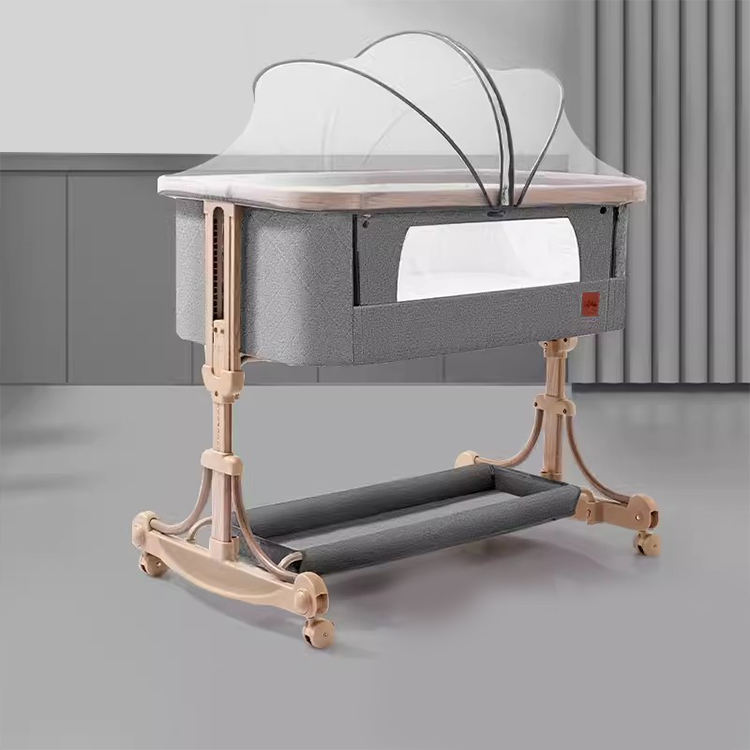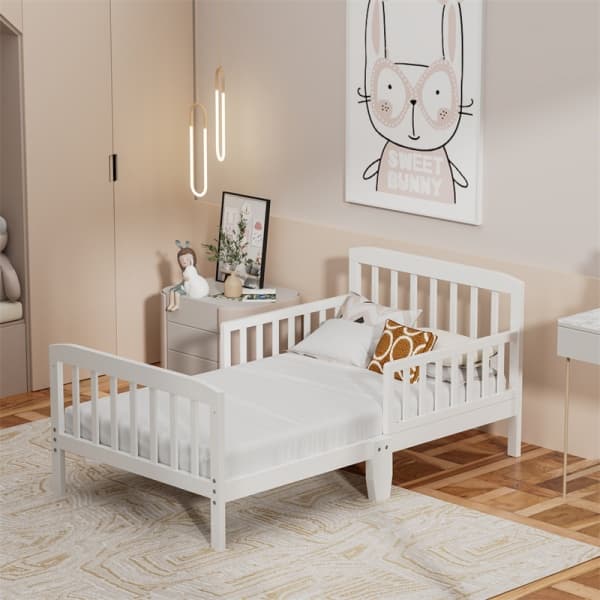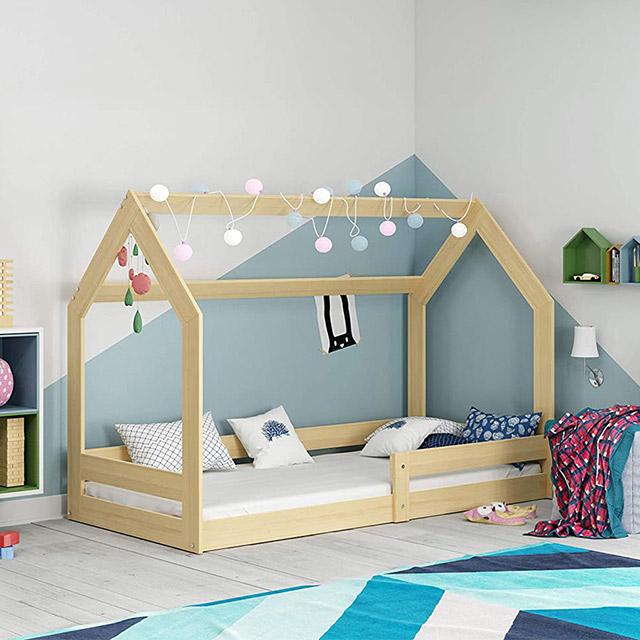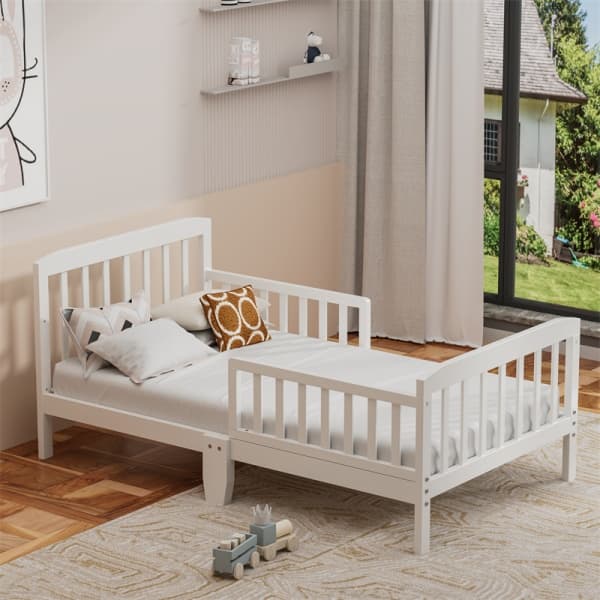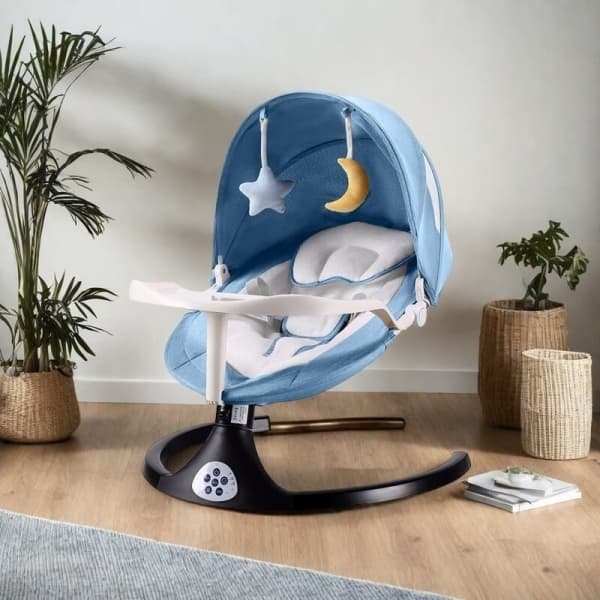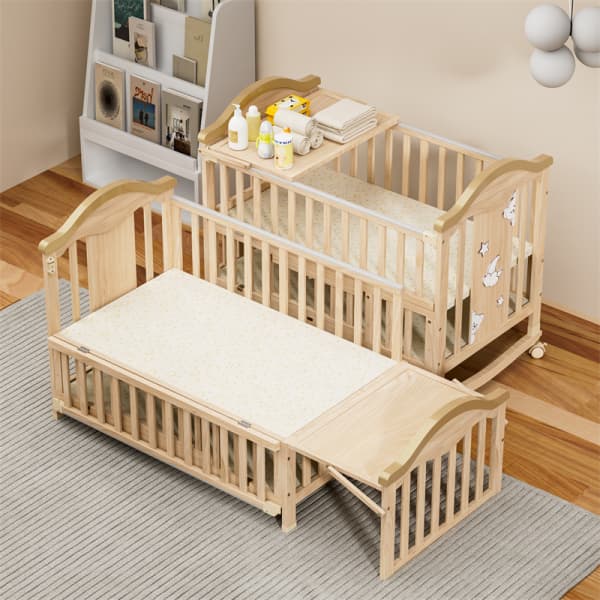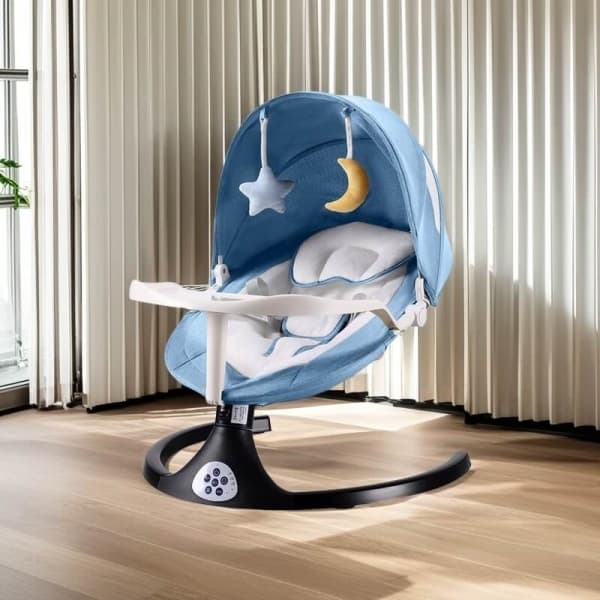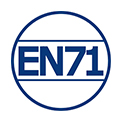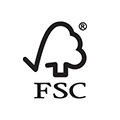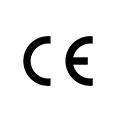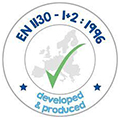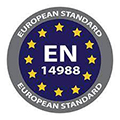The most important factor to consider while choosing baby products is safety. Although nearly all products meet some safety standards before being released into the market, the standards for baby products are higher than for other products.
Parents may tend to focus more on the safety of food and baby products that come into contact with food. But baby furniture safety is just as important, and in this blog, we will explore the safety standards for baby bassinets.
Safety standards for bassinets have evolved to ensure products entering the market are safe for babies. Here is a guide on the bassinet safety standards of 2025.
Evolution of Bassinet Safety Standards
Bassinets became a permanent nursery fixture during the 20th Century They underwent significant changes over the years and the current bassinet is an entirely different product from the first 15th Century Bassinet.
When they were first invented, bassinets did not have specific standards, they had guidelines like having a canopy to protect the baby from drafts. As time progressed, significant concerns like whether babies could climb out and if bassinets could tip over began to arise.
Emphasis was then put on the structural integrity and height from the ground and regulations were set to effect the same. Approved in 2002, ASTM F2194 covered the performance requirements, test methods, and labeling requirements for the safe use of bassinets/cradles.
In 2013, the CPSC adopted the stringent standards and incorporated the ASTM F2194-13. In 2022, ASTM revised its standards and ASTM F2194 -22 introduced stability and labeling requirements for mini bassinets and cribs. The revision also eliminated stands for compact bassinets and cradles.
However, the CPSC concluded that ASTM F2194 -22 was ineffective and modifications were proposed. They include removing the compact bassinet category, addressing the suffocation hazard, suitability of mattresses, design issues, non-mesh sidewalls, and electrical problems that could result in smoke, shock, and burns.
Understanding the Core Elements of Bassinet Safety
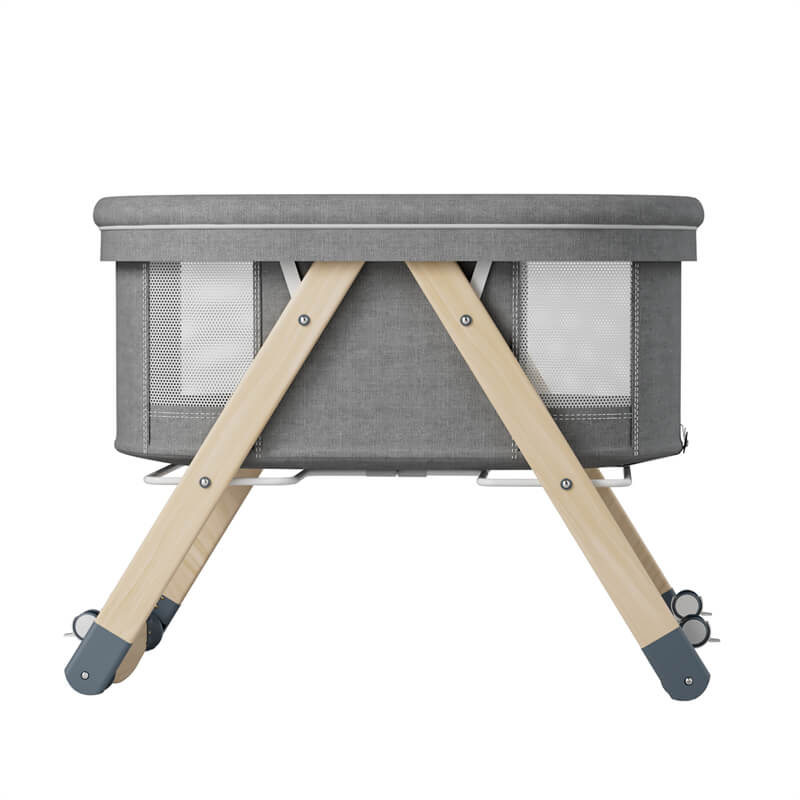
1. Structural Integrity and Stability
Sturdy bassinet construction ensures that they can support the load (baby). The ASTM F406-22 establishes the test requirements for the structural integrity of bassinets. The sturdy construction also ensures that the bassinet can be used for long.
ASTM F2194-2013 sets out the stability requirement for bassinets. Bassinets should be stable enough that even when another tries to look into it, it would not tip. They should have a sturdy and wide stable base as it reduces the risk of the bassinet tipping over.
Additionally, some bassinets have anti-tip mechanisms such as anchors which stabilize the bassinet preventing it from tipping over.
2. Mattress and Sleep Surface Requirements
There are guidelines on bassinet mattresses’ firmness, size, and breathability. The mattress should be firm and flat while fitting snugly against the sides to prevent gaps which are a suffocation risk. Many babies die annually from SIDS caused by unintentional suffocation and firm mattresses can help prevent that.
Standard bassinets measure 33’’x 18”. However, the measurements vary among manufacturers, and checking their instructions for the compatible mattress size is advised. Generally, bassinet mattress thickness should range between 1-1.5 inches.
Although breathable bassinet mattresses are recommended, some studies have shown that they do not reduce the risk of suffocation.
3. Safe Materials and Non-Toxic Finishes
It is important to use non-toxic and hypoallergenic materials in bassinet construction. If cribs are painted or coated with paints and finishes that contain harmful or hypoallergenic materials, the materials might harm your baby’s health.
The harmful materials might cause asthma, allergies, kidney failure, cancer, and developmental problems. The Consumer Product Safety Improvement Act (CPSIA) sets standards for the testing and material change testing of infant or toddler products.
CPSIA sets lead limits in paint and substrates to promote the Consumer Product Safety Act. Section 101 sets phthalate limits in child products as they could have a lasting health impact.
4. Breathability and Airflow
The four sides of a bassinet should be made of breathable materials that preferably have ventilation holes to ensure the baby gets enough air supply. Mesh sides are recommended as they satisfy the requirements.
The sides should also be sturdy and should not sag, collapse, or tear as that could pose a risk to the baby. When they sag, a gap could form between the mattress and the sides which could entrap and suffocate the baby. Tears would have the same effect.
The major causes of SIDS are asphyxiation and suffocation, mesh sides facilitate proper airflow reducing the suffocation risk.
5. Mobility and Locking Mechanisms
Bassinets are supported by freestanding legs, fixed stands, rocking bases, or wheeled bases. Bassinets with wheels have more mobility and can be easily moved from room to room. However, the wheels may affect the stability of the bassinet.
Therefore, wheeled bassinets should be designed with locking mechanisms that prevent movement when the baby is inside the bassinet. It is recommended that caregivers get the baby out of the bassinet when moving it around. The recommendation helps reduce the risk of injury to the baby.
The same applies to bassinets with casters. Lock at least two wheels to keep the bassinet stationary.
Overview of 2025 Bassinet Safety Standards
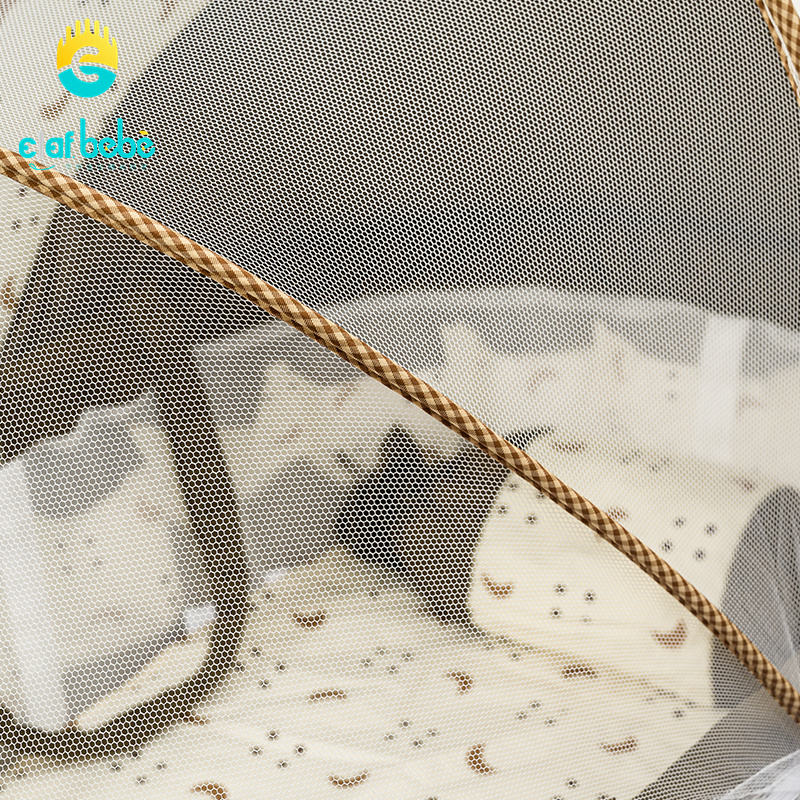
1. What Certifications Should Bassinets Have?
Before buying a bassinet, ensure it satisfies safety standards and has been certified. Here are some of the certifications to look out for.
JPMA
A bassinet with a JPMA certification satisfies the ASTM standards and other governmental requirements on product safety and use. Additionally, the bassinets have undergone safety, performance, and functionality testing at an independent laboratory.
Although it is a voluntary test, JPMA certification gives products credibility, and retailers like Amazon trust sellers with the certification.
CPC
A Children’s Product Certificate (CPC) is issued to manufacturers or importers whose products comply with the relevant children’s safety regulations. The products are tested in a CPSC-recognized laboratory and a certification is issued if they satisfy the requirements.
The certification covers products for children 12 years old or younger including bassinets. Bassinets with a CPC safe as they have complied with all federal standards on baby products
EN 1130:2019
This certification is issued to cradles, suspended cribs, and bedside sleepers whose internal length is not more than 900 mm.
The description covers bassinets, it sets the safety requirements for products designed to provide sleeping accommodations for infants until they get to a stage where they can sit unaided. An EN 1130: 2019 bassinet is safe for your baby’s use.
2 .Key Updates in 2025 Bassinet Safety Standards
Safety standards for baby products are constantly revised to improve their performance and safeguard babies even more. In June 2024, the Consumer Product Safety Commission engaged the public with a proposal to amend the safety standards of bassinets and cradles.
The proposal seeks to remove mini bassinets from the market and addresses several risks identified concerning cradles and bassinets’ use.
The risks include:
- Suffocation due to non-level bassinets & cradles
- Falls from placing bassinets/cradles on elevated surfaces such as countertops and beds
- Suffocation due to soft, non-flat, and mattresses thicker than 1.5 inches and mattresses that are not fitted to cradles and bassinets
- Design issues e.g. low cradles/bassinets, unstable products, or products having sagging sidewalls.
- Shock and burns from products with potential electrical problems.
The proposal also requires warnings on all products that will be affected.
3. Chemical Safety Regulations
The materials used for bassinet manufacturing should not contain toxic materials as they may harm the baby. The CPSC and other baby product regulatory bodies have set out regulations to ensure that bassinets have non-toxic materials and finishes.
There are some requirements for paint and other bassinet coatings. The surface coating limit requires that bassinets be painted with paint that contains a maximum of 0.009% of lead. The CPSIA, 2008 added this provision to prevent the negative and lasting effects that lead exposure has on babies.
Additionally, bassinets and cradles should contain less than 0.01% of total lead content in any of the product’s accessible parts. Babies sometimes bite on the edges of their bassinets and if they continually do so on a component that has a greater lead content they would ingest it and suffer serious health consequences.
The final regulation is on phthalates, a chemical material that is used to make plastics more flexible and durable. The material is common in the plastic parts of bassinets and children’s toys. The CPSIA sets the limit of phthalates in the bassinet’s plastic parts at 0.1 %.
4. Testing and Compliance Requirements
16 CFR Part 1218 states that rocking or swinging bassinets should have an incline of 10 degrees or less from the ground while in a non-rocking position. The rock angle test prevents entrapment An approved newborn dummy should be used to determine whether bassinets meet this standard.
The rigid components of the mesh/fabric-sided walls should be evenly spaced to prevent entrapment of the baby. Bassinets are also required to undergo a static load test where an approved dummy is placed in a bassinet to determine whether it is structurally able to hold babies from birth to around 5 months.
A stability test is also mandated. The test examines whether a curious older sibling might tip the bassinet over if they try to paper in at the baby. The requirement on the thickness of mattresses used in bassinets should also be complied with to prevent the risk of SIDS due to suffocation or asphyxiation.
How to Choose a Bassinet That Meets Safety Standards?
1. Checking Certification Labels
When buying bassinets ensure that they have certifications. The certification label or seal proves that the product has satisfied the required safety standards and can be used by your baby without worries. The labels are usually visible on the product. Check for ISO, JPMA, or ASTM certifications.
2. Reading Manufacturer Documentation
Go through the manufacturer’s guide on a product before paying for it and packing it in your car.
Apart from clear instructions on product assembly, manufacturer’s guides also indicate whether a product has complied with safety standards. Check whether the product has been certified by ASTM/JPMA.
3. Evaluating Safety Features
Before choosing a bassinet for your baby, you can do an eye test to check whether it is safe. Check the side walls, are they high enough to prevent the baby from falling?
Feel the rigidity of the mesh side walls to check if they can sag.
4. Checking for Recalls
Finally, to assuage your doubts, check whether the bassinet you are interested in has been recalled.
Products are recalled when a manufacturing defect that may harm the user is identified. Search the product’s name and model on the recalls website to check if it has been recalled.
For Retailers and Distributors: Ensuring Compliance

1. Staying Informed on Safety Updates
Retailers and distributors of bassinets should monitor the websites of government agencies and regulatory bodies.
Subscribe to emails and newsletters from the websites. The emails or newsletters will notify you when there has been a revision or amendment to a safety regulation concerning the product.
Additionally, there are retailers and distributor associations all over. They discuss and provide information related to bassinets and other children’s products that may affect them including safety standards updates or regulatory changes. Join several of them.
Always communicate with suppliers and they can inform you about safety standards updates.
2. Partnering with Certified Manufacturers
The most efficient way to ensure that the bassinets you distribute or sell comply with safety standards is by partnering with certified manufacturers. Conduct extensive research to find a trusted manufacturer for your bassinets.
Visit the manufacturer’s websites and check their certifications in the “about us” section. Additionally, look at the product pages and check whether they have ASTM, ISO, CPSC, and EN certifications.
Trusted manufacturers regularly monitor for safety standard updates as they aim to release compliant products. Check for additional certifications like the FSC certification if you are looking for eco-friendly products.
3. Educating Customers on Safety
Retailers and manufacturers of bassinets can go a notch higher in complying with safety standards by educating their customers about bassinet safety standards. When the customers engage you during the buying process, tell them what to look for. Inform them to check for certification labels.
Direct them to the product recall website where they can check if the product they are interested in has been recalled due to safety defects. Also, give them tips on how to check the bassinet’s safety. Inform them about slat spacing and other visible safety indicators. You can recommend quality certified bassinets for conflicted buyers.
Tips for Using the Bassinet Safely
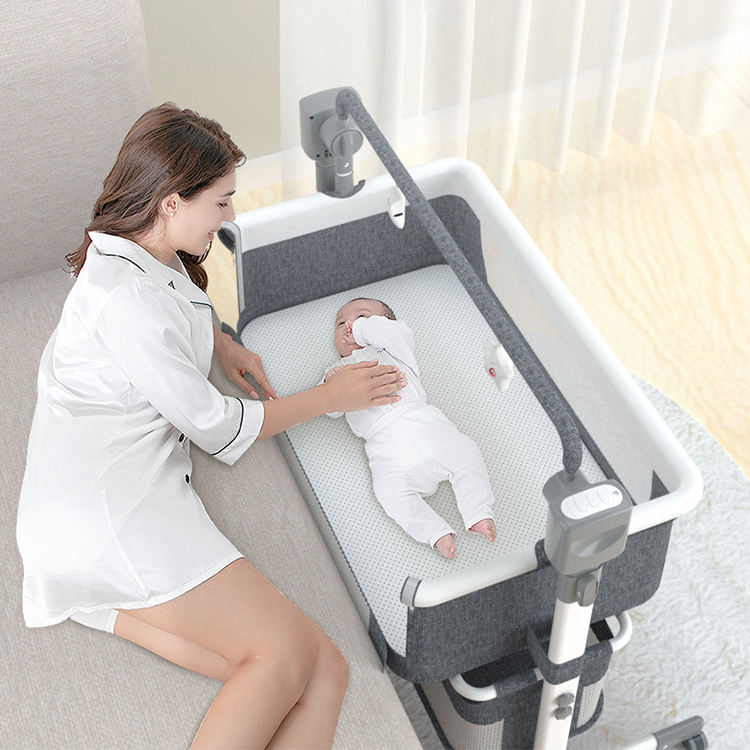
1. Position the Baby Correctly
It is recommended that babies be placed on their backs when they sleep in the bassinet. When your baby sleeps on their back, it reduces the risk of Sudden Infant Death Syndrome (SIDS). Some of the causes of SIDS are suffocation and asphyxiation, sleeping on their backs helps them to keep their airways open reducing the risk of SIDS.
The American Academy of Pediatrics, recommends that babies sleep on their back position as the safest for the baby.
2. Ensure the Bassinet is Stable
Most bassinets are portable so that parents and caregivers can easily move them when there is a need to. For convenience, the bassinets are designed with wheels or folding legs. However, they would require you to take extra precautions to ensure they remain stationary and stable.
Ensure the wheel’s locking mechanism is in place before putting your baby in the bassinet. Additionally, extra care should be taken during the assembly process to keep the bassinet’s base stable.
3. Clear the Area Around the Bassinet
After ensuring the bassinet is stable, clear the area around it to eliminate any risks to the baby. Remove items that may fall into the bassinet and injure the baby. Additionally, keep the bassinet away from hanging items such as dangling toys as the baby might place the items on his back and choke.
Additionally, place the bassinet away from windows as the chords and curtain may get into the bassinet and suffocate the baby.
4. Use the Right Beddings
Get a mattress that snugly fits in the bassinet. A mattress that does not fit can cause the baby to get entrapped in the gaps and suffocate. The mattress should also be firm and of the correct thickness.
Additionally, use the right sheet for your bassinet. Use a single breathable sheet to help regulate the baby’s temperature. The sheet should also be a snug fit to prevent suffocation or asphyxiation.
5. Remove Extra Items From the Bassinet
Infants do not require pillows, stuffed animals to help them sleep, blankets, or bumper pads. The items may not only prevent your baby from sleeping comfortably but also pose a smothering risk. Babies using the bassinet can roll over and get choked by the items.
The only items needed in the bassinet are the snug mattress and a sheet. Additionally, as they do not use blankets, dress your baby warmly before putting them to sleep.
FAQ
Q: Can a Baby sleep in a Bassinet If They Roll Over?
No, rolling over indicates that the baby has outgrown the bassinet.
Q: When Should You Not Use a Bassinet?
Stop using the bassinet when the baby exceeds the weight and height limit. This usually happens when they are around 5 months old.
Q: Is a Bassinet Safer Than a Crib?
Both products are safe provided they have been certified and you use them correctly.
Q: How Do I Know if a Bassinet Meets 2025 Standards?
Check the product page for certifications.
Conclusion
We lose a lot of babies every year due to incidents like falling from bassinets, smothering by older siblings, choking due to entrapment, and the silent killer, SIDS. To reduce and prevent such incidents, all stakeholders should take time to understand bassinet safety standards.
Additionally, government regulatory agencies partnering with manufacturers and importers should keep researching ways of making bassinets and other products safer and updating the standards per their findings.
Explore and Wholesale Clafbebe’s Safe Bassinet Series
Clafbebe is a manufacturer and exporter of baby cradles that can meet large volume orders. We ensure that all our products (including baby cradles) meet or exceed international safety standards to protect the health of every baby.
We have a strict quality testing system and conduct structural and chemical tests on the bassinets we produce to ensure that every product is safe and perfect!
Contact us for quality, certified bassinets for your business!
Recommended Related Articles:


